Professional consultation with zero charge. Contact us
Mechanical Installation
PROJECT SHOWCASE
Piping Insulation
The process of adding a protective covering or material around pipes to reduce heat loss or gain, control condensation, and provides thermal and energy efficiency.
It involves wrapping insulation material around pipes to create a barrier that minimize heat transfer and maintains desired temperatures within the system.
Purpose
To conserve energy by reducing heat loss or gain. Insulation helps to maintain the temperature of the fluid being transported inside the pipe, whether it is hot or cold.
Types of Insulation Material
The choice of material depends on factors such as the desired level of insulation, operating temperature, environmental considerations, and budget.
- Fiberglass
- Mineral Wool
- Foam
- Rubber
Thickness
Determined based on factors like the desired level of insulation, operating temperature, and the insulation material’s thermal conductivity. Thicker insulation generally provides better insulation properties but may not always be practical due to space constraints or cost considerations.
Benefits
- Thermal efficiency
- Energy savings
- Condensation control
- Freeze protection
- Noise reduction




Additional Material Hopper and Conveying System
The material hopper and conveying system work together to provide a seamless flow of bulk materials. Hopper supplies the material to the conveying system, which then moves it to the desired location. The hopper equipped with sensors or level indicators to monitor and control the material supply to the conveying system, ensuring a consistent flow.
Benefits
- Optimize material handling
- Improve productivity, reduce manual labor
- Maintain a smooth production or operational flow

MATERIAL HOPPER
A material hopper is a container or vessel designed to hold bulk materials such as powders, granules, or other solid materials.
Features
1. Capacity: The hopper should have sufficient capacity to hold the required amount of material, ensuring uninterrupted operation of the conveying system.
2. Flow control: Often include mechanisms to control the discharge of material into the conveying system. This can be achieved through gates, valves, or adjustable openings to regulate the flow rate.
3. Design considerations: Designed to prevent material bridging or arching, which can disrupt the flow. Features like hopper slopes, vibration devices, or air-pulse systems can be employed to promote material flow.
CONVEYING SYSTEM
Transport bulk materials from one location to another within a production or processing facility. The conveying system can be customized based on the specific requirements of the application and the characteristics of the material being transported.
Types of Conveying System
- Belt Conveyors
- Screw Conveyors
- Pneumatic Conveyors
- Bucket Elevators
- Vibratory Conveyors
Defect Cap and Canister Detection for Potatoes
A technologies used in the agricultural and food processing industries to identify and remove potatoes with defects or foreign objects.
Purpose
To help the product quality improvement, ensure food safety, and increase overall efficiency.

How it works?


Workshop Fabrication Work
Fabrication is using processes to create component parts that can be used to make a product or structure, as well as the process of constructing an item from standardised parts for example hopper, header, reducer, inline mixer and skid.
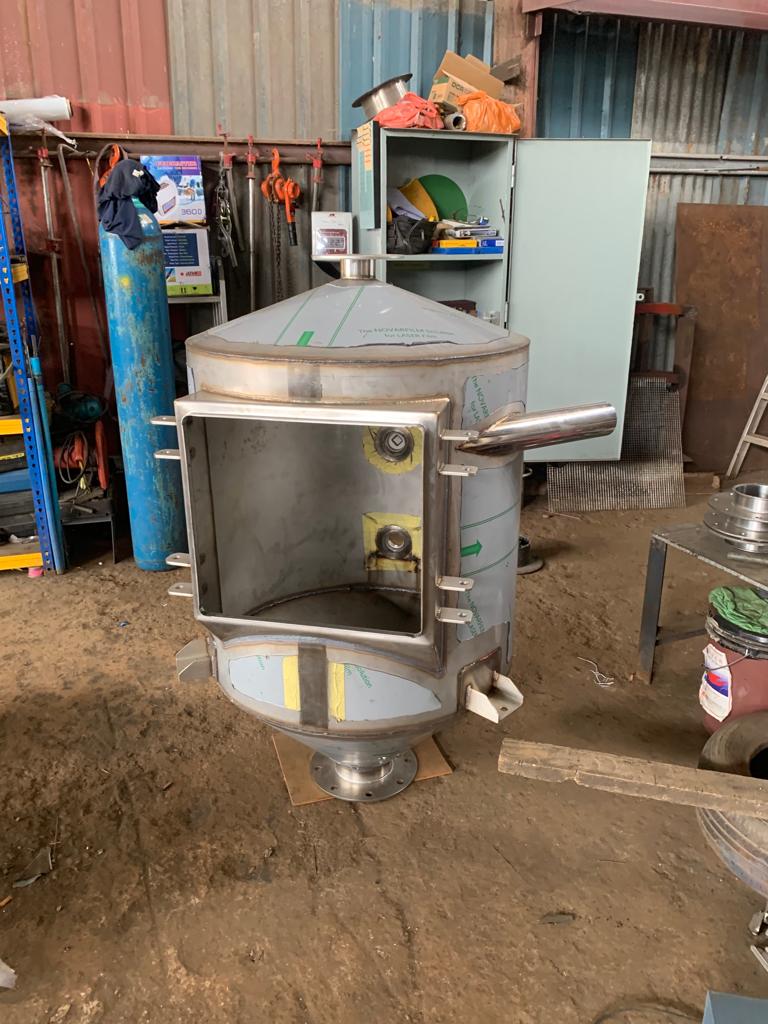
Hopper
A hopper is a container or storage device used for holding and dispensing bulk materials. It is designed to facilitate the controlled flow or discharge of materials, whether they are solid particles, powders, granules, liquids, or even gases. Hoppers are commonly used agriculture, mining, food processing, pharmaceuticals, construction, and manufacturing.

Header
Header fabrication refers to the process of manufacturing or fabricating headers, which are components used in various systems to collect or distribute fluids, gases, or heat. Headers are commonly used in industries such as HVAC (Heating, Ventilation, and Air Conditioning), power generation, oil and gas, chemical processing, and automotive.
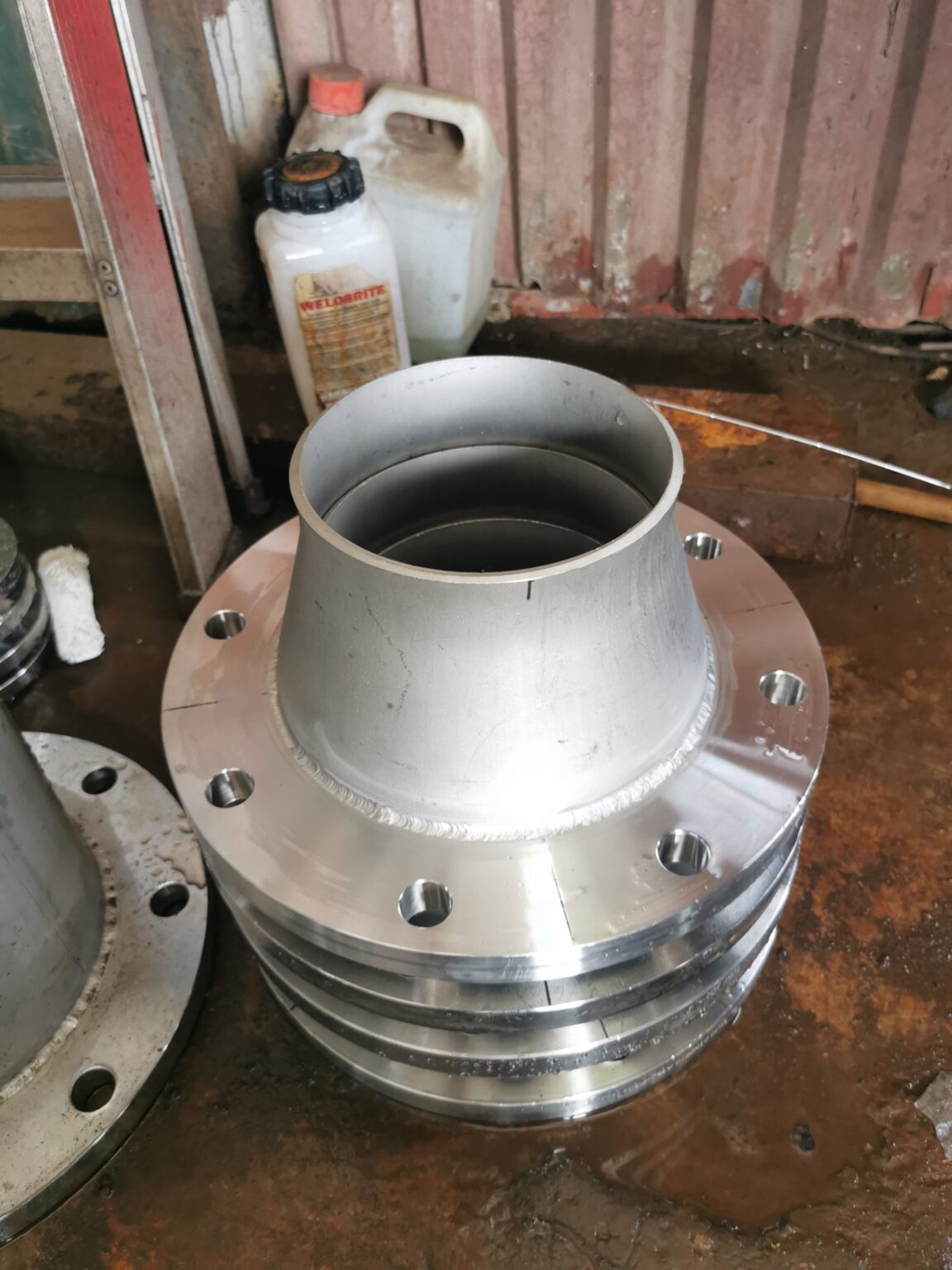
Reducer
Reducer fabrication refers to the process of manufacturing or fabricating reducers, which are components used in piping systems to connect pipes of different sizes or diameters. Reducers are designed to facilitate a smooth transition between pipes of varying sizes, allowing for efficient fluid flow and compatibility between different sections of the piping system.
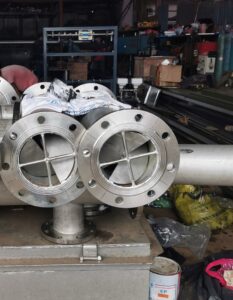
Inline Mixer
The process of manufacturing or fabricating inline mixers, also known as static mixers or motionless mixers. Inline mixers are devices used in various industries to blend, mix, or homogenize fluids or gases. They are designed to achieve thorough mixing without the need for moving parts or external energy sources.
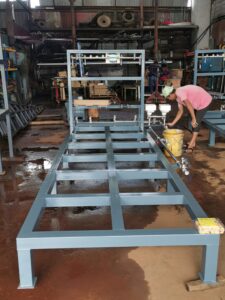
Skid
A structural frameworks or platforms used to support and house various equipment or systems. Skids are commonly used in industries such as oil and gas, petrochemical, power generation, water treatment, and other industrial applications.
Control Panel Fabrication
Control panel fabrication involves the manufacturing and assembly of control panels used in various industries to house electrical components and control systems.
Control panels are vital for :
- Operating and monitoring equipment
- Machinery and processes in industrial commercial, and residential settings.
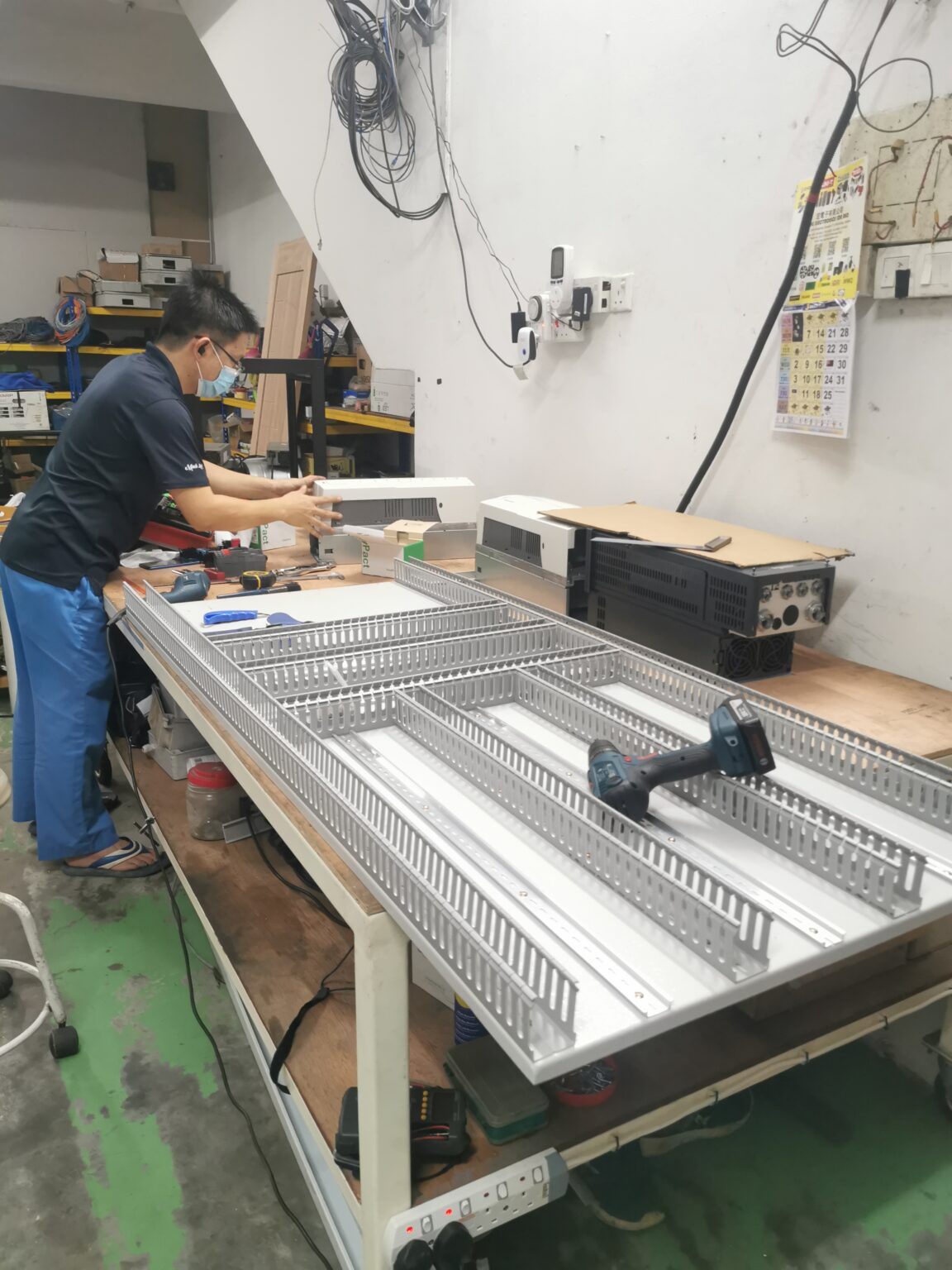



Overview Control Panel Fabrication


Other Mechanical Work

Site Installation Works

Instrumentation
